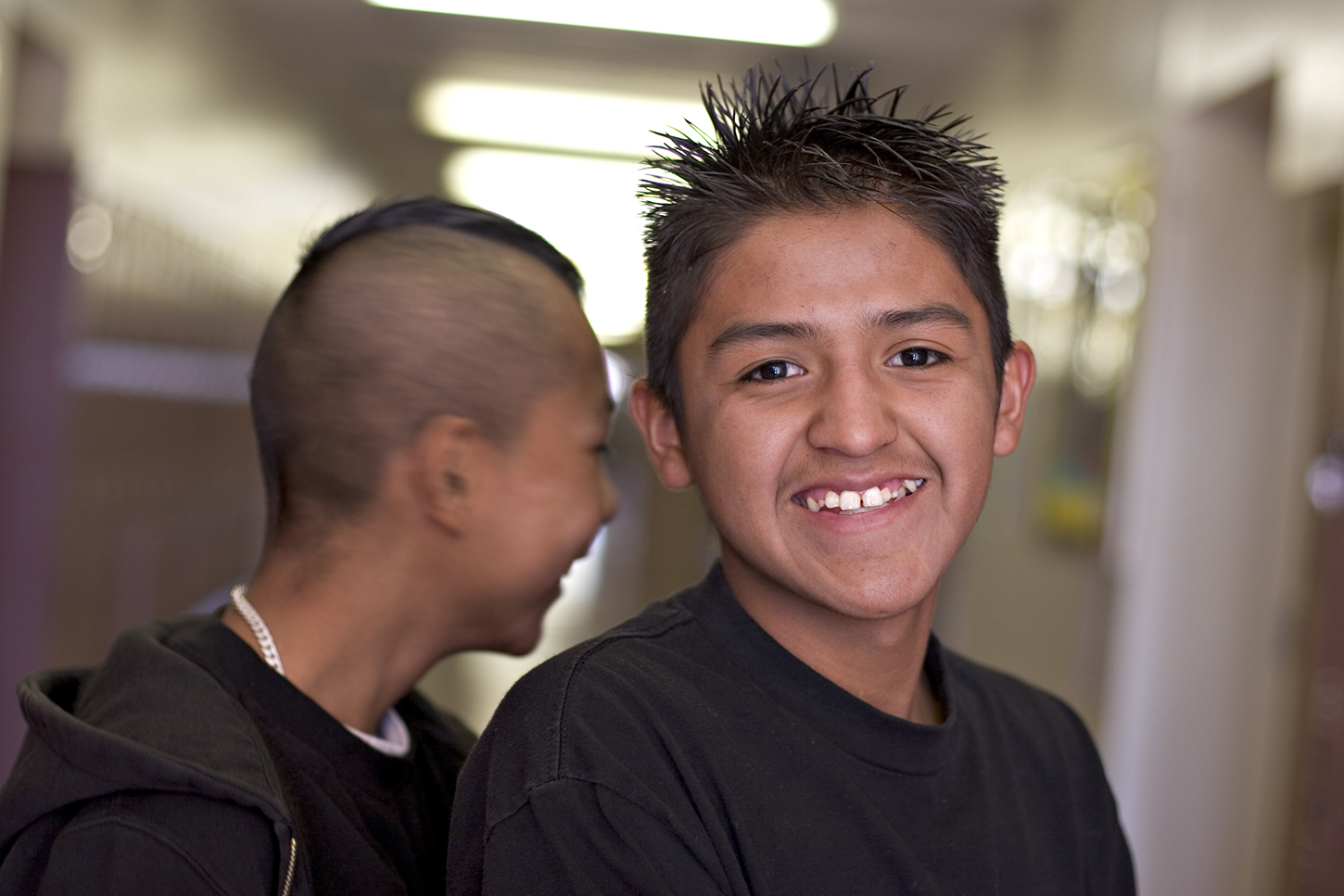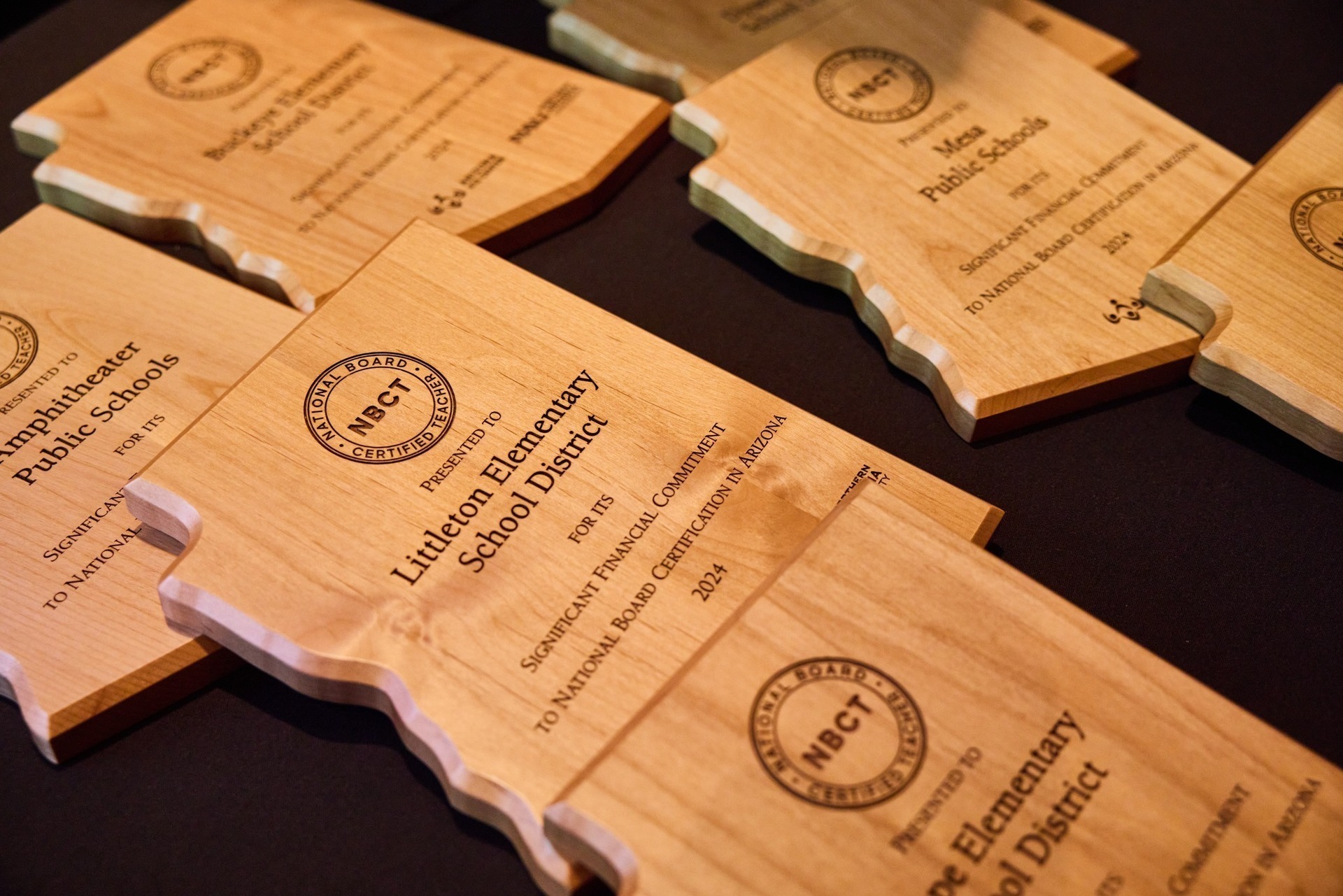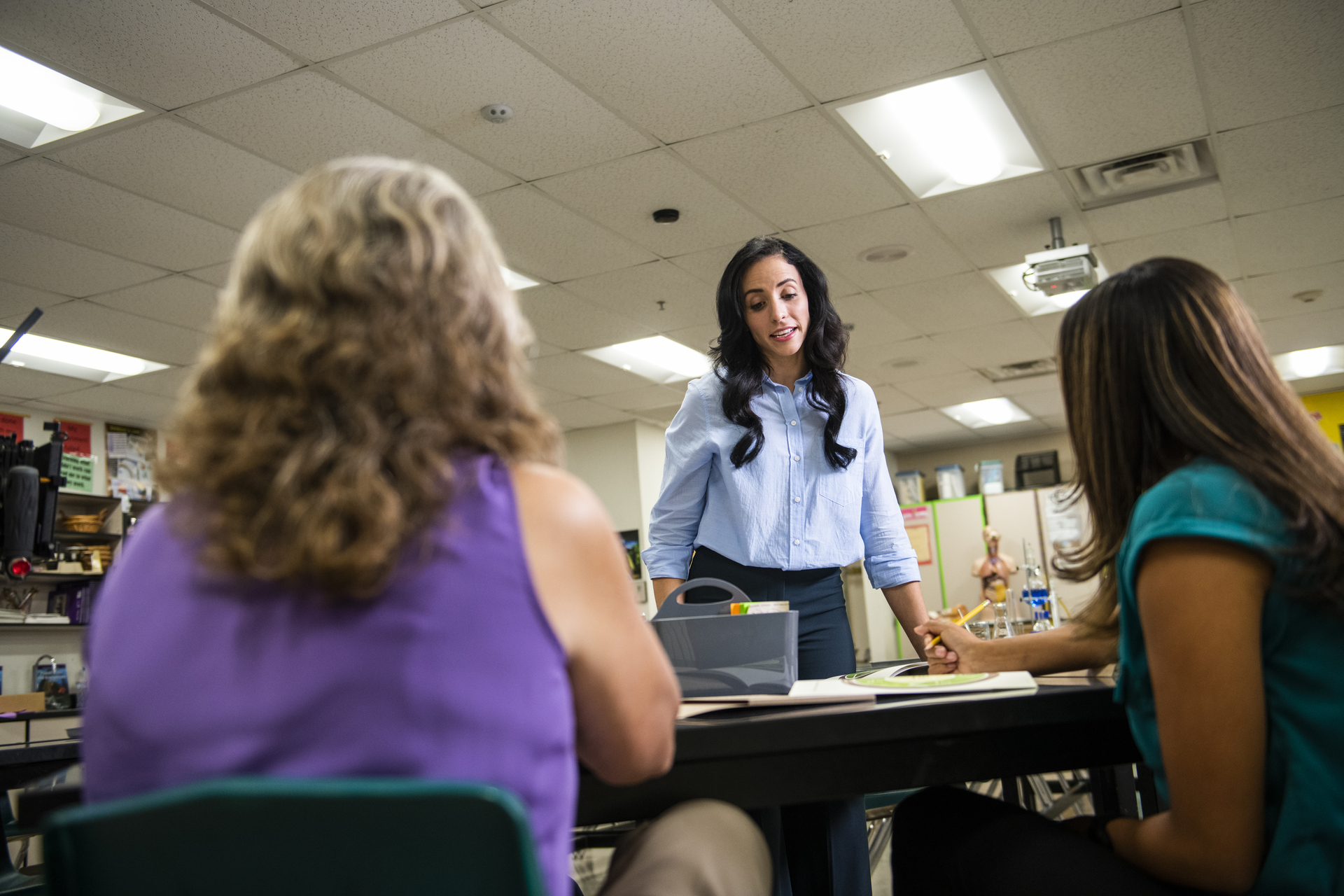August 21, 2018
C + C + C = Classroom + Culture + Climate
Follow these tips on how to build a positive classroom culture.
Positive culture isn’t just a term for startups and businesses. It’s necessary in all organizations and groups, including classrooms. No, it doesn’t mean you need to encourage your students to play ping pong during their brain breaks or take unlimited days off (chronic absenteeism is not a good move if students plan on graduating). It does mean creating an atmosphere for students that is safe for individuals to share their ideas and take risks without fear of being made fun of or punishment.
Here are three sure-fire ways to make it happen.
1. Create together and develop relationships.
As educators, we cannot create a positive classroom culture alone. In fact, it’s impossible because culture itself is a set of customs, social norms, and beliefs shared across a group.
That’s where other people get involved: Engage students and parents to help create these customs and norms. How can teachers do this? Invite the special people in our students’ lives to come with them to the classroom. Ask them to share what they expect from you, describe what you expect from them, and figure out together what steps should be taken if those norms are violated. Through this process, you’ll develop a cooperative and student success-focused relationship with these key stakeholders. Although you may sometimes disagree, you’ll be able to make your way back to the same page much quicker.
2. Give students autonomy and choice.
Imagine being told what to do over and over and over again. Not only can that be super frustrating, but also that doesn’t prepare our students to make their own choices when they are finally given the opportunity. This doesn’t mean letting students go wild and crazy. However, what about giving students the chance to choose how they will demonstrate their mastery of content? Rather than writing a history report, can they record a video journal as Anne Frank? Can they create an infographic about the different parts of a plotline that still includes all of the information necessary? What about if they wrote, directed, and acted out an interpretive dance that represents how DNA is replicated? (We’d like to see that!) An added bonus: By being open to letting students make these choices, students will also become more tolerant of others’ ways of thinking and doing.
3. Ask for feedback.
How will you know if the classroom culture you have is a positive one? Check in with your students and their families. Create a climate of constructive feedback where people can give their honest (and constructive!) opinions. This doesn’t just mean about the rules, expectations, or procedures. Work with students to learn how to provide constructive feedback to each other, reminding them that the point is to create a better product (e.g., assignment, project, presentation, etc.). Criticism can hurt at first, but by providing students with the appropriate sentence stems and keeping it focused on the assignment (and not the person) will help them become better at giving and receiving feedback.











